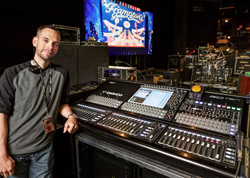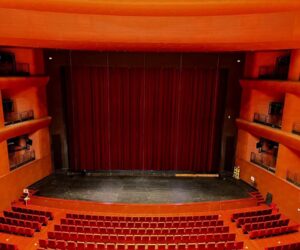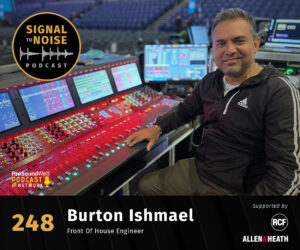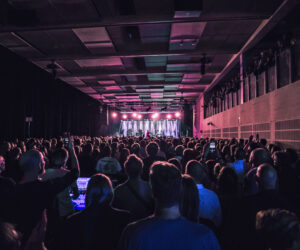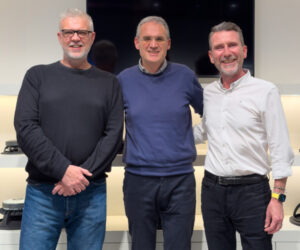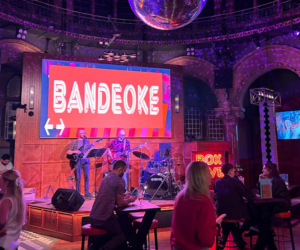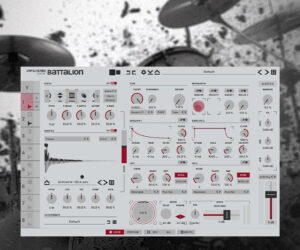Peter Frampton reclaims his guitar throne on the “Frampton’s Guitar Circus” tour, which kicked off at the end of May in Nashville, TN at the Ryman Auditorium.
The guitarist-turned-frontman/singer is sharing the stage with a dizzying array of axemen on the summer outing including Steve Cropper, Dean DeLeo (Stone Temple Pilots), Don Felder (formerly of The Eagles), Mike McCready (Pearl Jam), Vince Gill, David Hidalgo (Los Lobos), Davy Knowles, Roger McGuinn (founder/lead guitarist of the Byrds), Richard Thompson, Vernon Reid (Living Colour), Vinnie Moore (UFO) and Rick Nielsen (Cheap Trick), with B.B. King, Steve Lukather, Kenny Wayne Shepherd and Sonny Landreth trading off opening the shows.
With Clair Global providing the consoles and full stage package, Frampton engineer Matt Fitzgerald—who has worked with Frampton for the past four years, and with Ringo Starr and Blue Man Group prior—kicked off the tour with a new audio footprint at monitor world to handle all of the ramped-up monitoring requirements.
Fitzgerald chose a DiGiCo SD10 for Frampton’s 5-piece band and the guest guitarists. “This was my first experience using one of the new SD consoles in-depth,” he explains. “I’d had lots of mixing experience on a D5 working with opening acts. But for this summer tour, I opted in favor of a smaller footprint and more flexible solution by trading up two linked digital desks that I was using prior for an SD10.
“Not only was it difficult mixing inputs between the two desks, but it was sluggish also as I had to treat each one as an individual mixing surface.
“Obviously making a big switch was a bit nerve-wracking,” Fitzgerald continues. “Peter’s the kind of guy that wants to be able to walk into rehearsal and just go. I did a lot of research and spent time with DiGiCo’s Ryan Shelton in Nashville and worked with the offline software to build my big session files.
“We had a decent amount of rehearsal time, about two weeks, because the band was learning the other guitar players’ material, so that was of huge benefit to me. I was able to get really comfortable on the desk, storing snapshots, making scene-to-scene files, etc. Literally after the first day, I was shocked and awed at how easy it was to get around on the desk and how small the learning curve was. I felt like a burden was lifted off my shoulders and I was able to just concentrate on mixing, not on the new gear.
“I was really blown away by the desk and really liked that everything was laid out so naturally. The buttons were right where I needed them, not to mention that the features are fantastic and you can have the channel strip wherever you want and create the desk to make it the way you want it to be. It’s really comfortable and I really enjoy it.”
With all of the band on Westone ES2 in-ears, Fitzgerald was looking at a lot of variables with the guest guitarists—some would be on ears, some on wedges; some had big stereo rigs and others had simple combo amps, acoustic guitars, etc.
“I wanted to have a lot more flexibility and room to grow,” he says. “With the SD10, I’m able to build a bigger show file as well as have extra wedge and ear mixes built-in. And it’s been awesome as far as changing the layout of the desk from show to show. For instance, we just played with Steve Cropper, who uses wedges, and I was able to move my wedge mixes to my top layer and restructure my file, and it was so cool and easy.”


